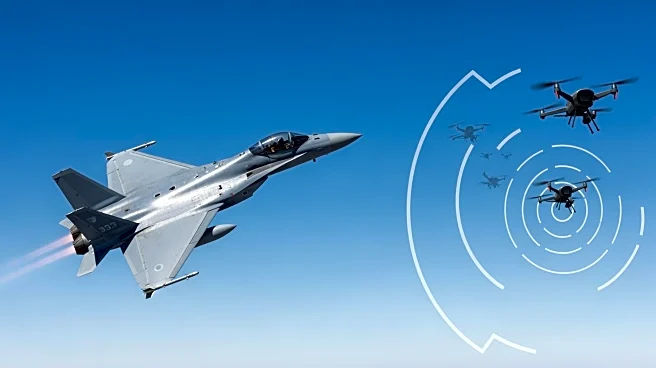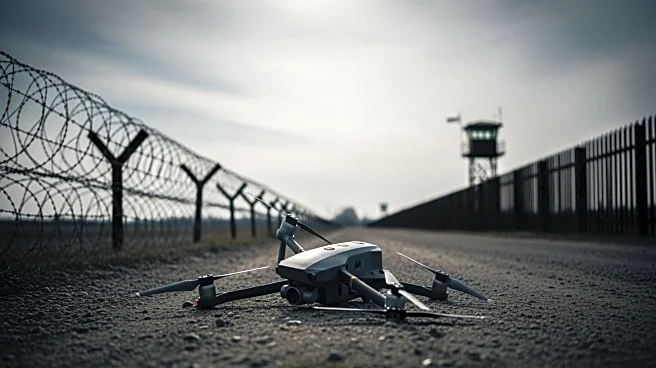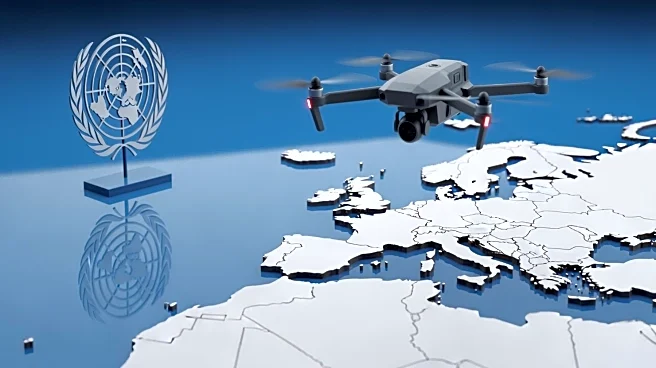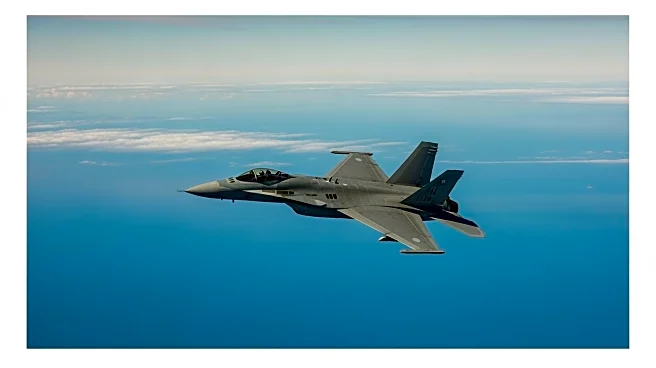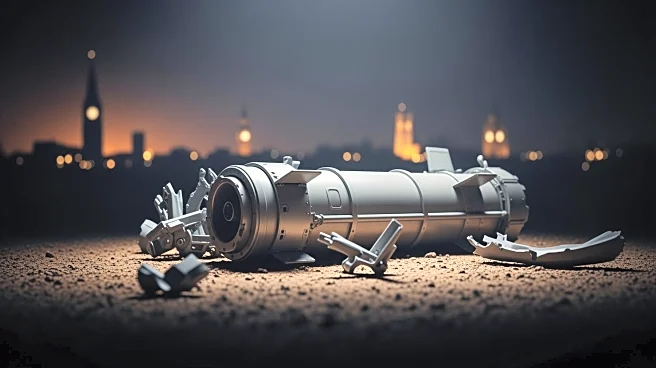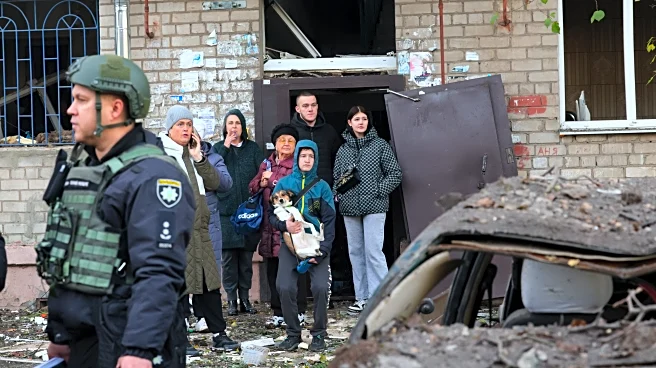What's Happening?
On September 9-10, 2025, 19 Russian unmanned aerial vehicles (UAVs) entered Polish airspace via Belarus. At least three UAVs were shot down by Polish and NATO forces. NATO-affiliated Dutch F-35s, Polish F-16s,
Italian AWACS aircraft, and German Patriot systems responded to the violation. Moscow claimed the UAVs were targeting Ukraine and that the incursion into NATO airspace was unintentional. However, in the West, these violations were perceived as a deliberate 'provocation.' Polish Prime Minister Donald Tusk described the incident as a real threat to civilians and invoked Article 4 of the NATO Treaty, which initiated a consultation process among the alliance’s 32 members.
Why It's Important?
The incident marks a significant test of NATO's defense capabilities and unity, as it is the first known instance of NATO firing shots in response to Russia's war in Ukraine. The drone incursion challenges NATO's deterrence strategies and highlights the need for enhanced air defense systems. It underscores the geopolitical tensions in Eastern Europe and the potential for further escalation. The situation may influence NATO's strategic posture and prompt increased military spending among member states, particularly those bordering Russia and Belarus.
What's Next?
NATO allies are likely to invest in expanded sensor networks and air defense capabilities along the Polish and Baltic borders. The alliance may consider diplomatic and military responses to deter future incursions, including increased air patrolling and strengthening air defense on the Eastern flank. The incident could lead to further consultations under Article 4 and potential sanctions against Russia. Additionally, NATO may explore new technologies to counter unmanned aerial vehicles and enhance its defense strategies.
Beyond the Headlines
The drone incursion raises questions about the effectiveness of NATO's deterrence strategies and the potential for further escalation in Eastern Europe. It highlights the complexities of modern warfare, where unmanned aerial vehicles can be used to test and provoke military responses. The incident may also impact public perception of NATO's ability to protect member states, influencing political discourse and defense policies. Furthermore, it underscores the importance of technological advancements in air defense systems and the need for international collaboration to address emerging security threats.


